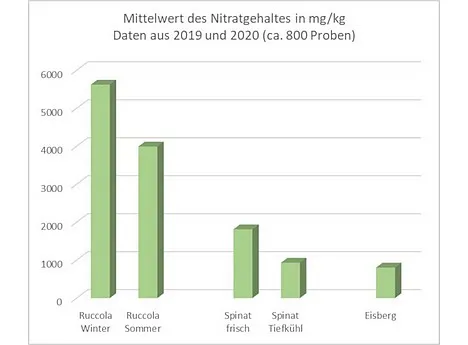Federal Office of Consumer Protection and Food Safety BVL ensures a high level of consumer protection and food safety in Germany, even in times of the pandemic. On the occasion of World Consumer Day, the President of the Federal Office of Consumer Protection and Food Safety (BVL) Friedel Cramer states:
"Citizens can rely on the Federal Office of Consumer Protection and Food Safety in these days as well. Even in times of the pandemic, there are no compromises on food safety or the approval of plant protection products and veterinary medicines. Whether at home, at work or in the laboratory, BVL experts continue to ensure a high level of protection for consumers in Germany. For example, plant protection products are only approved by the BVL after careful testing and with high safety requirements, just like veterinary medicines."
"Within the framework of food monitoring, the BVL coordinates cross-state control programs (e.g. the nationwide monitoring plan) and processes the food monitoring data submitted by the states. This is where our special competence and responsibility lie."
Image: BVL
High nitrate contamination in arugula
The importance of combining and processing relevant data is made clear, for example, by the latest investigations into nitrate in various lettuces and spinach. The evaluation of approximately 800 samples in the last two years shows that arugula in particular continues to be significantly contaminated with nitrates. Most of the exceedances of the maximum levels (20 percent) were found in Italian arugula.
However, in fresh spinach as well, maximum nitrate levels were exceeded in 7 percent of the samples. Frozen spinach, on the other hand, is less often contaminated with nitrates; there were no exceedances in the samples here. This also applies to the iceberg lettuce tested. Particularly in winter, attention should therefore be paid to the consumption of salads with lower nitrate levels in order to avoid an excess of nitrate. Otherwise, carcinogenic nitrosamines can form in the body."
Source: BVL
